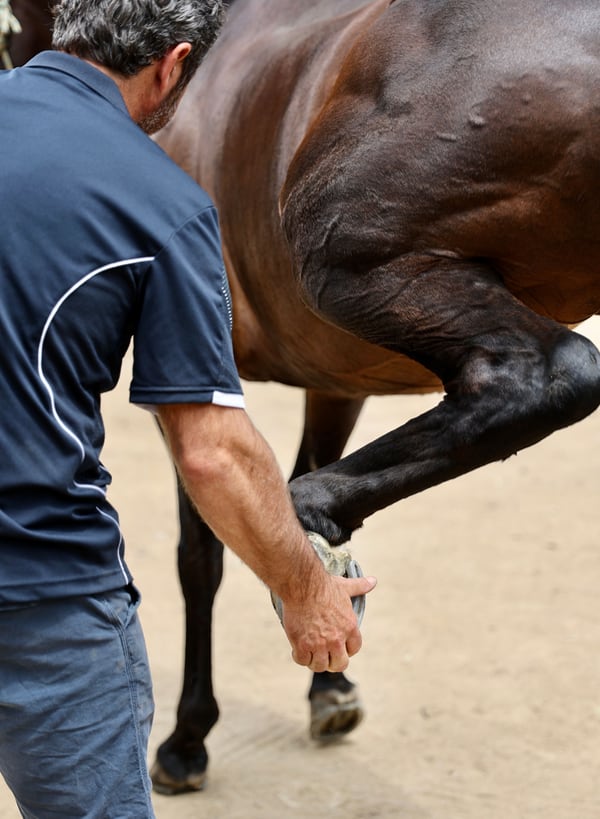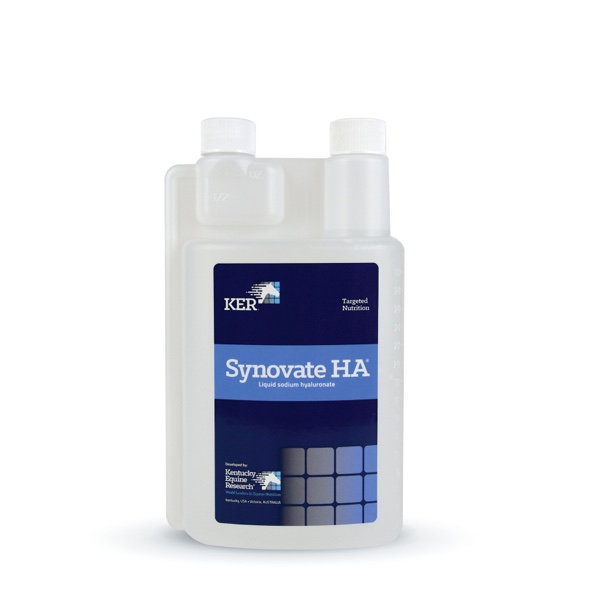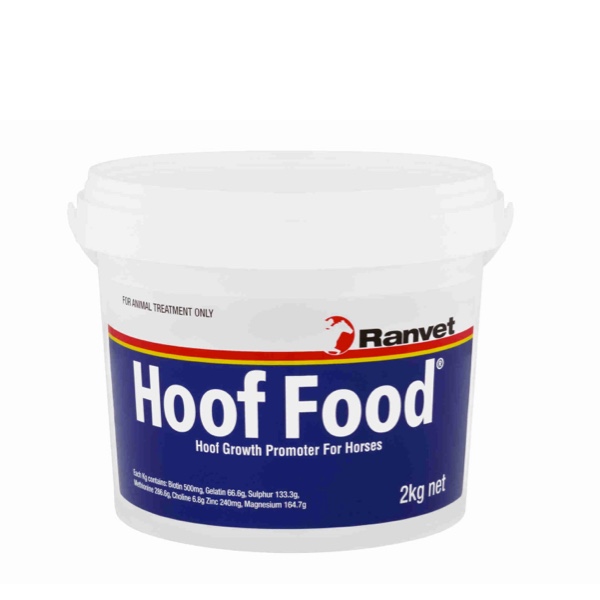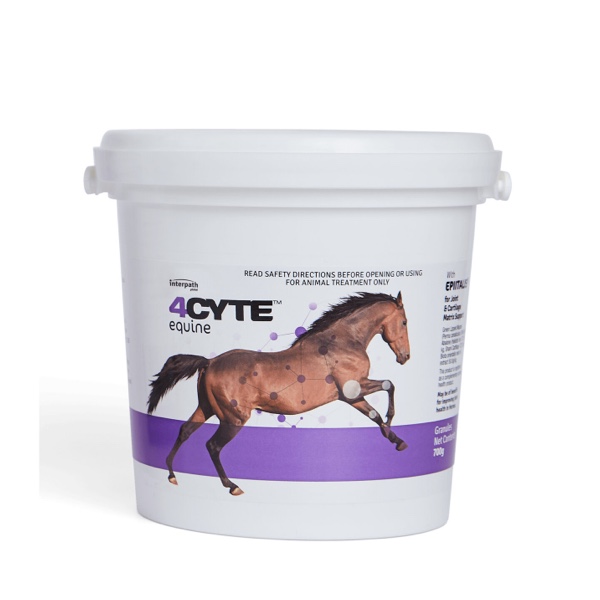Degenerative Joint Disease (DJD), resulting in osteoarthritis, is a common cause of lameness and poor performance in horses. DJD can occur for a variety of reasons. It can be the sequele to developmental orthopaedic conditions in young horses; it can occur following an acute trauma to the joint or it can be a result of chronic wear and tear from training, competition and age. Whatever the inciting cause, the end result is excessive inflammation in the joint that leads to cartilage thinning and erosion, and a decrease in the lubricating properties of joint fluid. With more chronic cases, the soft tissue supporting structures become thickened which results in a decreased range of motion of the joint. In advanced cases of DJD, bone within the joint becomes brittle and fractures can result. In our practice, early DJD is a common cause of lameness and poor performance, and a progression to severe DJD can finish a horse’s riding career.
With the value of performance horses ever increasing and considering the time and expense involved with training and competition, riders should give thought to various measures that may prevent DJD. Our top six recommendations for the prevention and management of mild to moderate DJD are as follows:
- Ensure that you have a realistic exercise or training program. Condition your horse slowly and maintain fitness without excessive workloads. Do not exceed your horse’s capabilities. Also consider the surface you train your horse on; hard surfaces result in greater concussion within the joint, conversely deep sand surfaces increase the risk of tendon strains.
- Farrier Attention. Regular short shoeing intervals are mandatory with essential attention to foot balance. Poor hoof conformation can result in asymmetric loading of joints which can lead to early DJD.
- Diagnose Lameness early and treat any joint disease aggressively with anti-inflammatory therapy, ice and rest. A simple joint strain can result in inflammation that ultimately is the precursor to DJD.
- Consider treating with Pentosan Equine™ regularly. We recommend the use of this medication as a protective measure and we also use pentosan for the treatment of DJD. This medication improves cartilage and joint fluid quality, it inhibits destructive enzymes which damage cartilage, it provides anti-inflammatory activity and it increases blood supply to joints. We recommend loading horses with a dose weekly for 4 weeks, followed by single booster doses every 1 to 3 months, as determined by the intensity of work or the severity of DJD.
- Use a daily oral joint supplement. We recommend Joint Guard Plus™. This supplement contains a combination of Hyaluronic Acid (HA), Glucosamine, Chondroitin Sulfate (CS) and MSM. Joint Guard Plus is unique in its combination of high levels of Glucosamine and it is the only product in Australia that contains oral HA. Glucosamine and CS are fundamental building blocks of cartilage and the growing body of evidence supports their pain relieving and potentially cartilage protective properties. Many inferior products contain insufficient amounts of Glucosamine. The current recommended dose of 10,000mg is contained in this product. The molecular size of CS markedly affects its absorption in horses. Joint Guard Plus™ is proven to be rapidly absorbed. HA is a constituent of joint fluid and it functions as a lubricant. With DJD, the naturally occurring HA is broken down which exacerbates cartilage damage and disease. Supplementation of HA helps restore joint lubrication and trials have shown reduction in pain and improvement of joint condition.
- If your horse has confirmed DJD and you are concerned about the impact of high intensity training and competition then you should consider treating with more potent and injectable variations of the above-listed medications. These include:
- HALO™. This is an injectable form of HA. It is joint protective and reduces pain associated with early disease. We recommend using HALO™ 24-48 hours prior to intense exercise, competition or racing.
- Pentosan Gold™ which is a combination of Pentosan and Glucosamine. Trials have shown that the combination of these two medications is particularly effective.
- Pentosan Gold + HALO™ is a combination of Pentosan, Glucosamine and HA. This Rolls Royce combination is used in the same way as HALO™. Trials are currently underway but it is expected to deliver superior results.
To achieve the greatest level of wellbeing for your horse by protecting their joints and to maximize performance, do not hesitate to contact us – we will be more than happy to tailor a management program that best suits your horse.




